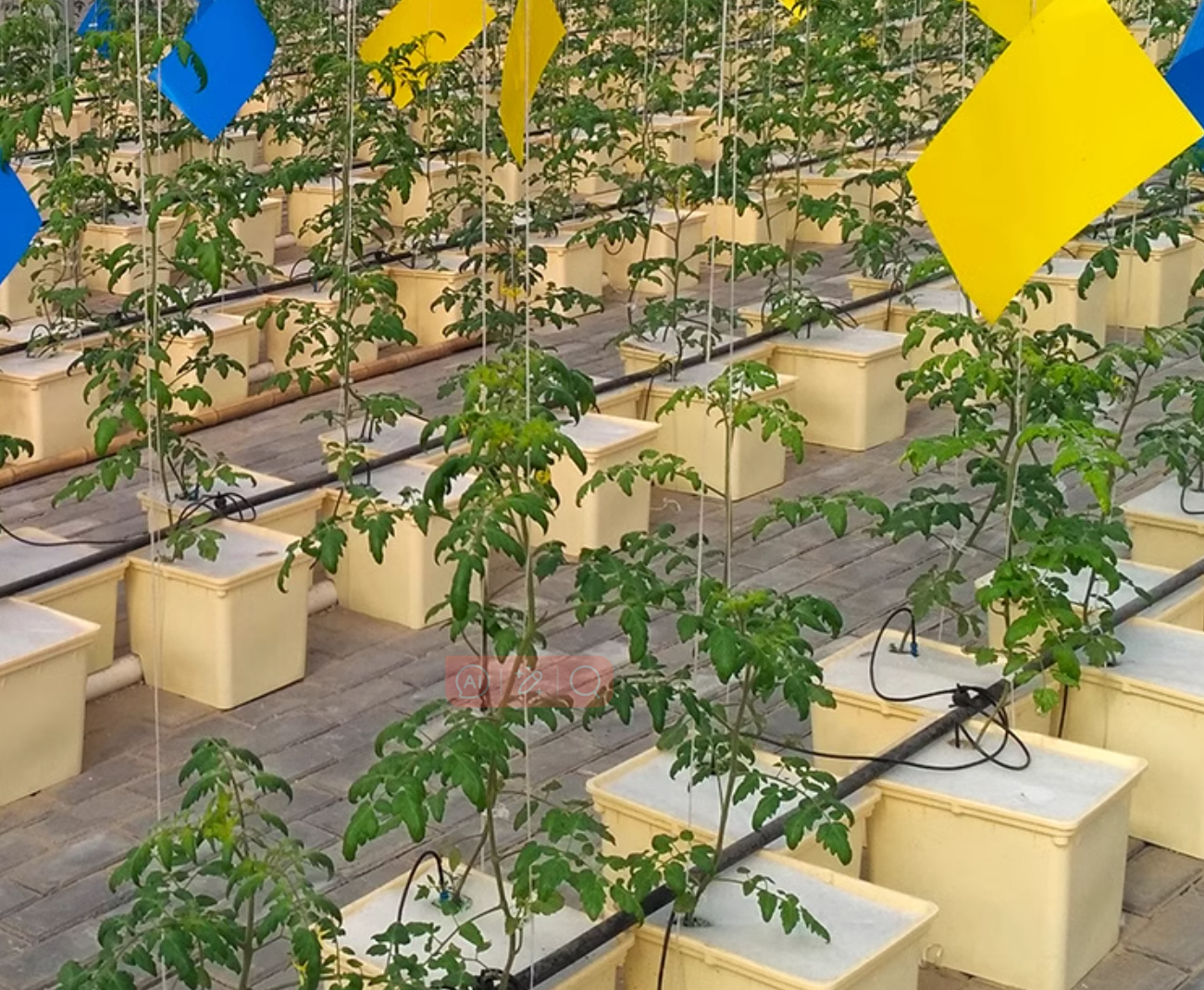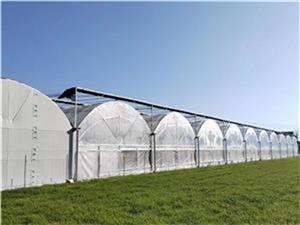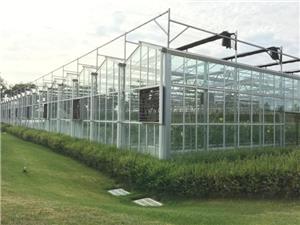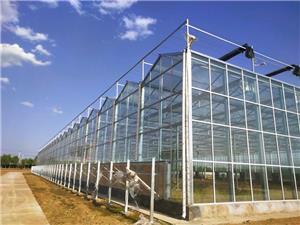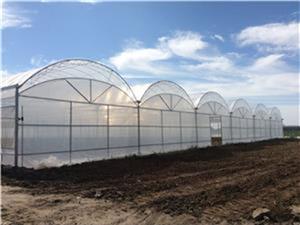Comprehensive Guide to Agricultural Greenhouse Design2
Covering Material | Light Transmittance (%) | Heat Retention | Service Life | Cost (yuan/m²) | Application Scenario |
Ordinary Polyethylene (PE) Film | 80 - 85 | General | 1 - 2 years | 2 - 3 | Short - term cultivation (leafy vegetables, single - season crops) |
Aging - Resistant PE Film (with antioxidants) | 85 - 90 | Good | 3 - 5 years | 5 - 8 | Long - term cultivation (tomatoes, cucumbers) |
Polyvinyl Chloride (PVC) Film | 75 - 80 | Good (2 - 3°C higher heat retention than PE at night) | 2 - 3 years | 8 - 12 | Greenhouses with short - term heating in winter in northern regions |
Polycarbonate (PC) Sheet | 85 - 92 | Excellent (5 - 6°C higher heat retention than PE) | 10 - 15 years | 50 - 80 | Multi - span greenhouses, high - value crops |
Heating Systems : Essential in northern regions. Two common methods are:
Economic Type : Fuel - fired hot air blowers (5 - 8kW per mu, fast heating, suitable for temporary heating, cost approximately 2,000 yuan/unit).
Long - term Type : Underfloor heating (PE pipes laid in the greenhouse, with hot water or hot air circulated, uniform temperature, suitable for seedling cultivation and flower growing, cost approximately 50 - 80 yuan/m²).
Cooling Systems : Necessary in summer in southern regions.
Basic Type : Ventilation openings (one on the top and one on the side of the agricultural greenhouse, equipped with insect nets to prevent pests from entering) + fans (2 - 3 fans per mu to promote air circulation).
Efficient Type : Wet curtain - fan system (a wet curtain installed at one end of the greenhouse and fans at the other end, cooling the greenhouse by water evaporation, which can reduce the temperature inside the greenhouse by 5 - 8°C, cost approximately 30 - 50 yuan/m²).
Supplemental Lighting Systems : Used when there is insufficient sunlight in winter. LED plant growth lamps (with a red - blue light ratio of 7:3, which is close to the photosynthesis needs of crops) should be selected. 20 - 30 lamps (30W per lamp) should be configured per mu, and supplementary lighting should be provided for 4 - 6 hours per day to avoid excessive growth of crops due to over - lighting.
Shading Systems : Sunshade nets (manual or electric) are used in summer. Shading coatings can also be applied inside the agricultural greenhouse film (the shading rate can be adjusted, cost approximately 1 - 2 yuan/m²).
Irrigation Methods : Drip irrigation systems are preferred (they save more than 60% of water compared to flood irrigation and avoid diseases caused by excessive water). Drip tapes (Φ16mm, spacing 30 - 50cm) should be configured per mu, along with filters (to prevent clogging of drip holes) and integrated water and fertilizer machines (enabling simultaneous irrigation and fertilization, saving labor, cost approximately 2,000 - 5,000 yuan/set).
Drainage Systems : U - shaped drainage ditches (depth 20cm, width 30cm) should be dug inside the greenhouse, and main drainage ditches (depth 50cm) should be dug outside the agricultural greenhouse to avoid waterlogging during the rainy season.
Ventilation Systems : In addition to natural ventilation openings, multi - span greenhouses should be equipped with "top windows + side windows" (electrically controlled, automatically opened according to temperature), and 1 - 2 circulation fans per mu should be configured to promote the uniform distribution of CO₂.
CO₂ Supplementation : In winter, when the agricultural greenhouse is closed, the CO₂ concentration is easily lower than 300ppm (the CO₂ concentration required for crop photosynthesis is 400 - 800ppm). CO₂ generators (burning natural gas or propane, or using dry ice) should be used for supplementation. Supplementation should be carried out for 2 - 3 hours per day during the vigorous photosynthesis period (9 - 11 am), which can increase crop yield by 20% - 30%.
Insect Nets : 40 - 60 mesh insect nets should be installed inside the ventilation openings and doors to prevent aphids, whiteflies, and other pests from entering, reducing the use of pesticides. The cost is approximately 1 - 2 yuan/m².
Greenhouse Doors and Passages : 1 - 2 doors (1.2 meters wide, facilitating the entry and exit of agricultural tools) should be set for each greenhouse, and 1 - 2 passages (80cm wide, facilitating manual operations) should be left inside the greenhouse.
Monitoring Systems : For large - scale cultivation, "temperature and humidity sensors + cameras" are recommended (real - time monitoring of the internal environment of the agricultural greenhouse
